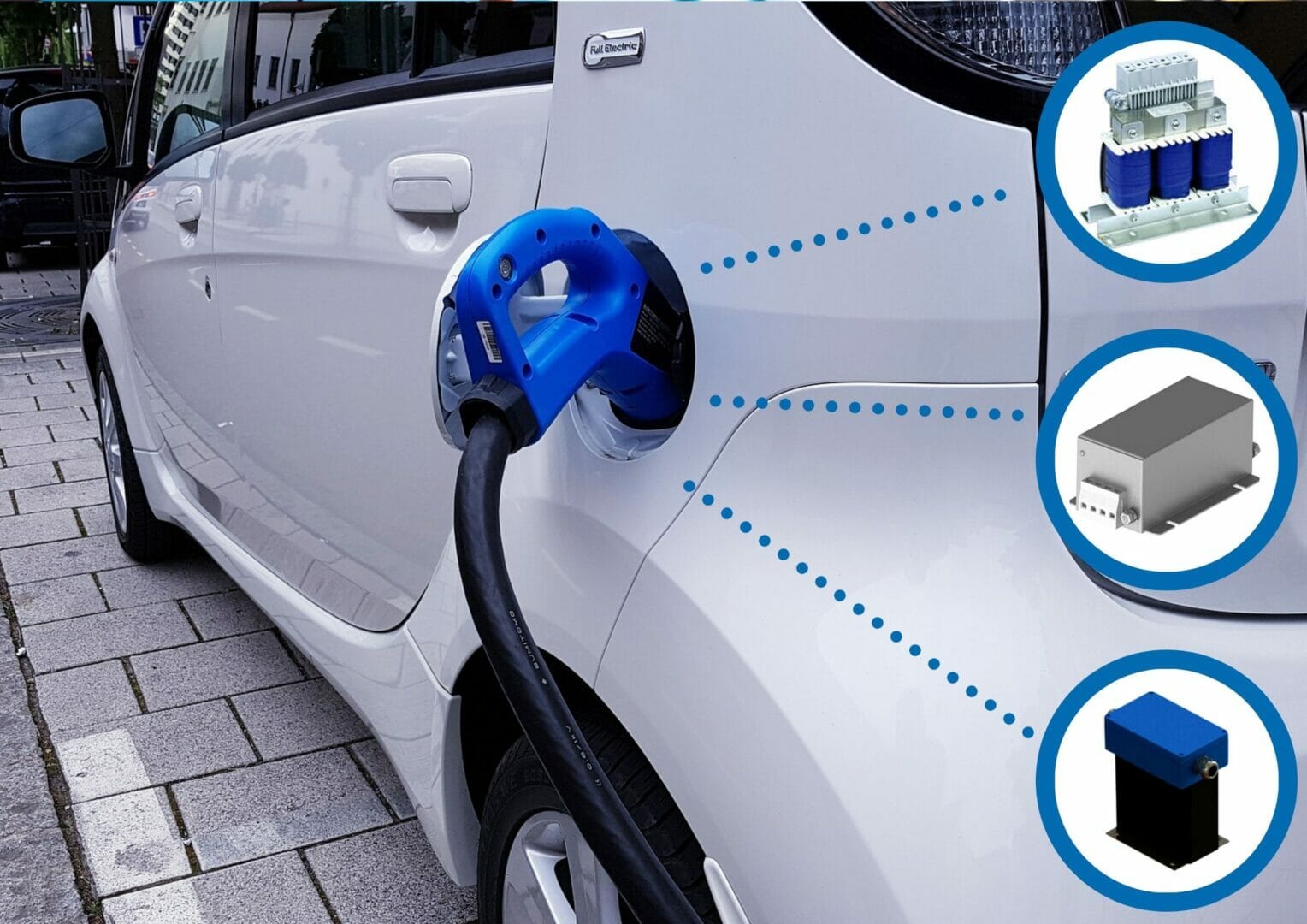~ New emobility components handbook highlights power essentials for next generation vehicles ~
The electrification of mobility is on the horizon, with a significant growth in electric vehicle (EV) adoption for personal and public transport expected by 2030. To assist in the transition, emobility electronic component manufacturer REO UK has shared a handbook highlighting the range and role of components for reliable emobility design and development. The guide is available to download on the REO UK website.
Across Europe, deadlines have been set to prohibit the sale of new internal combustion engine (ICE) vehicles, by 2030 in the UK and 2035 across the European Union. These goals, alongside stricter targets on vehicle carbon emissions, are driving greater adoption of EVs and electrified public transport. A vital component of this adoption is a smooth transition for vehicle manufacturers and electrical infrastructure providers.
REO UK’s latest guide offers insights into how to ensure a safe and reliably effective transition. The document outlines some of the core electrical and electronic components that are necessary to meet the many demands of next generation emobility applications, from electric cargo ships to commercial EVs, and the ideal properties of those components. REO UK hopes that, with this insight, electrical or electronic design and test engineers can overcome some bumps in the road of emobility development.
“Emobility is about more than just a shift to EVs on roads and highways,” said Steve Hughes, managing director of REO UK. “It encompasses the electrification of everything from urban mobility and trains to marine vessels and heavy construction machinery, as well as the supporting infrastructure. Each segment has specific expectations for components. Electric cargo ships and large electric dozers both require higher capacity braking resistors than a golf cart, for example.
“However, there are several similarities between the requirements of emobility components, particularly around robust design and efficient performance. This is an area REO has been leading in for many years, so we can successfully support engineers now entering the realm of electrification. Effective component selection can significantly improve vehicle efficiency, which is invaluable for unplugged emobility applications where greater range is commercially beneficial.
“Looking ahead to 2030, some of the biggest challenges arise from available charging infrastructure. It’s not just a matter of scale, but also of power quality and interference. Components must be safe and able to handle issues such as load surges, and connected networks need filters to mitigate harmonic currents. There is a lot for engineers to consider, test and implement — the handbook is a good first step to refining that.”
REO UK’s work in developing wound electrical components and high quality electronics for the emobility and wider renewable energy markets extends back almost three decades. This extensive experience allows REO UK to develop products that meet the current and continually evolving needs of modern EVs and emobility.
Electrical and electronic design engineers working on emobility applications can download a copy of the handbook via REO UK’s website. To discuss a specific emobility project requirement, call REO UK on +44 (0)1588 673 411.








